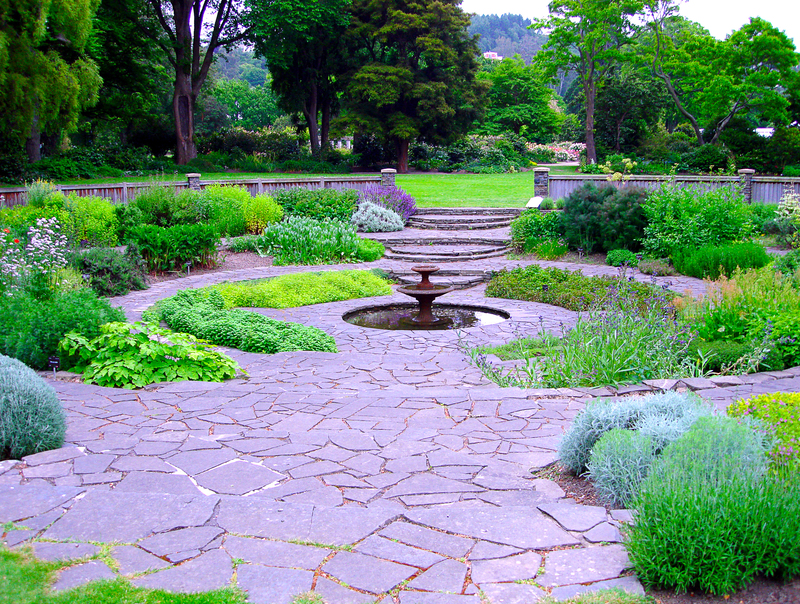Steps for Developing a Wildlife Habitat
Posted on 25/03/2025
Creating a wildlife habitat in your backyard or community is not only a rewarding experience but also an essential contribution to preserving biodiversity. This guide will walk you through the steps to develop a thriving wildlife habitat, offering practical tips and highlighting the pros and cons. Let's get started!
1. Assess the Environment
Start by assessing your environment. Understand the natural conditions of your area, including soil type, climate, and existing vegetation. This assessment will help you determine which species of plants and animals are native and can thrive in your habitat.

2. Design the Habitat
Draw a layout of your planned wildlife habitat. Design with diversity in mind--include a variety of plant species that can provide food, shelter, and breeding grounds for different wildlife. Consider elements like water sources, shade, and open spaces.
3. Choose Native Plants
Native plants are key to creating a sustainable habitat. They require less water, are more resistant to pests, and provide the best sources of food for local wildlife. Research which native plants are suitable for your area and include a mix of trees, shrubs, and ground covers.
4. Provide Water Sources
Water is essential for all wildlife. Include natural water sources like ponds or streams if possible. Otherwise, birdbaths, rain gardens, or even small fountains can provide necessary hydration and attract birds, amphibians, and insects.
5. Create Shelter
Wildlife needs shelter to feel secure. Logs, brush piles, rock piles, and dense vegetation offer excellent hiding places. You can also build bat houses and birdhouses to encourage nesting.
6. Ensure Year-Round Food Supply
Offer a variety of food sources to sustain wildlife year-round. Plant fruit-bearing trees, shrubs, and flowering plants to attract pollinators. During fall and winter, provide seeds and nuts to support birds and small mammals.
7. Avoid Pesticides and Chemicals
Pesticides and chemicals can harm the very wildlife you're trying to attract. Instead, use natural pest control methods, such as introducing beneficial insects or using homemade organic treatments.
8. Monitor and Maintain the Habitat
Your work doesn't end once the habitat is established. Regularly monitor the area for invasive species and maintain plant health by pruning and mulching. Keep water sources clean and refill bird feeders as needed.
Pros and Cons
Developing a wildlife habitat has numerous benefits and a few challenges:
- Pros: Enhances biodiversity, offers educational opportunities, supports environmental conservation, and provides aesthetic and recreational value.
- Cons: Initial setup can be labor-intensive, requires ongoing maintenance, and may attract unwanted wildlife.
Tips for Success
Here are some additional tips to ensure the success of your wildlife habitat:
- Start small and expand your habitat over time.
- Engage your community and involve local schools or groups for support.
- Attend workshops and seminars on wildlife gardening.
- Keep a journal to document the plants and wildlife species you observe.
- Be patient--habitats take time to become established.

Takeaways
Developing a wildlife habitat is a fulfilling endeavor that benefits both wildlife and humans. The key steps include assessing your environment, designing a diverse habitat, choosing native plants, providing water and shelter, ensuring a year-round food supply, avoiding chemicals, and maintaining the habitat over time.
Conclusion
By following these steps, you can create a sanctuary that supports and attracts a variety of wildlife, contributing to the health of the ecosystem. The pros of enhanced biodiversity and educational opportunities outweigh the cons of maintenance and potential challenges. Get started today, and enjoy the rewards of a thriving wildlife habitat!







